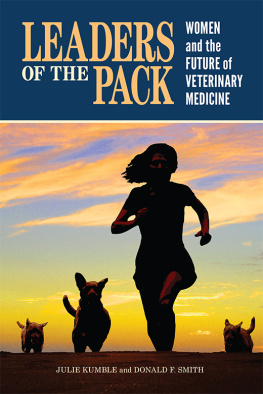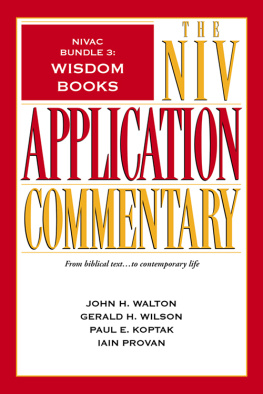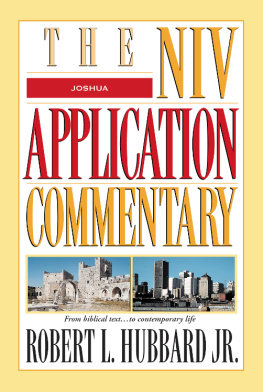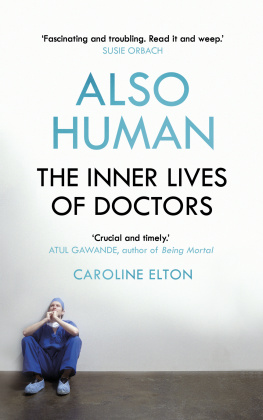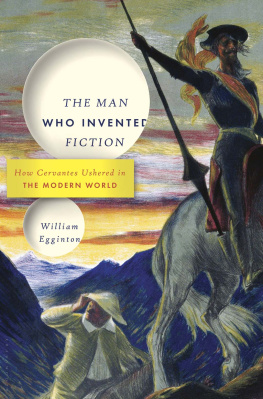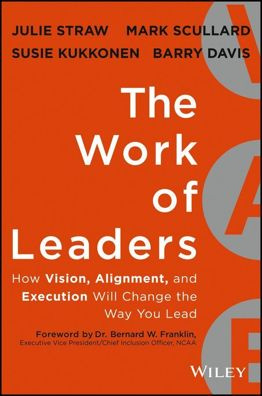
LEADERS
OF THE PACK | WOMEN
and the
FUTURE of
VETERINARY
MEDICINE |
NEW DIRECTIONS IN THE HUMAN-ANIMAL BOND Series editors Alan M. Beck and Marguerite E. OHaire LEADERS
OF THE PACK | WOMEN
and the
FUTURE of
VETERINARY
MEDICINE |
JULIE KUMBLE and DONALD F. SMITH Purdue University Press / West Lafayette, Indiana Copyright 2017 by Purdue University. All rights reserved. Printed in the United States of America. Cataloging-in-Publication Data available at the Library of Congress. Paperback ISBN: 978-1-55753-772-0 ePub ISBN: 978-1-61249-487-6 ePDF ISBN: 978-1-61249-486-9 Cover credit: Micha Archer Contents W e are indebted to the women and men whose stories told in this book personify leadership and instruct future leaders that rather than a pinnacle, leadership is a sequence of decisions based on optimism and courage. We thank the staff, senior officers, and members of the AVMA Board and House of Delegatesin particular Drs. Janet Donlin, Beth Sabin, Ted Cohn, Jan Krehbiel, Anna Reddish, and Caroline Cantner. Thanks to Dr. Linda Tintle, with whom we had one of our earliest conversations about womens leadership; Dr. Doug Aspros, who emerged early as a colleague committed to doing something lasting; Dr. Karen Bradley, who put her energy into the Womens Veterinary Leadership Development Initiative (WVLDI) and brought us along on her journey; past and current WVLDI board members; Dr. Christine Navarre and board members of the North American Veterinary Community; Dr. Joni Samuels and board members of the Western Veterinary Conference; Drs. Laura Molgaard, Bob Lester, John Weale, Jenny Sones, and Raphael Malbrue; the generous staff at Banfield; Drs. Bonnie Beaver, Beth Leininger, Kate Hodgson, and Dean Eleanor Green; Erin Eldermere at Cornell University Veterinary Library; Drs. Andrew Maccabe, Lisa Greenhill, and others at the Association of American Veterinary Medical Colleges; Dean Tim Ogilvie and Cathy Wybern at St. Georges University; Dr. Carmen Fuentealba at Ross University; Dr. Susan Wylegala of the New York State Veterinary Medical Society; Drs. Rebecca Donnelly and David Seader, now new doctors of veterinary medicine; Drs. Sarah Peters, Andrea Dennis-LaVigne, Renee Bayha Gossett, Marike Visser, and Barbara Bucki-Ohm; and Amy Pollock, MD. Thanks to faculty and staff at Purdue University, including Dean Willie Reed, Drs. Kauline Davis, Tina Tran, Laurie Jaeger, Susan Mendrysa, Alan Beck, and Maggie OHaire. Thank-you to Purdue University Press staff, especially Peter Froehlich and Katherine Purple, for their support throughout. We especially appreciate all the students who contributed their insights at universities, including Cornell, Iowa State, Tufts, Ross, St. Georges, Purdue, VirginiaMaryland, Louisiana State, Auburn, Lincoln Memorial, Minnesota and the Student American Veterinary Medical Association (SAVMA) Symposium. Finally, we thank the veterinarians and technicians who offered their time, professional perspectives, and personal kindness during the hours of interviews and reviews. Julie gives special thanks to my dear friend, Don Smith, who made this journey possible and positively life changing. Im also grateful for the veterinarians throughout the country who welcomed me into the profession in countless ways; Carla Oleska, friend, mentor and the ultimate servant-leader; Micha Archer for her cover art and friendship; Emily Monosson for regular walks and occasional reviews; my supportive siblings and parents; and my friends who make western Massachusetts home. Thanks to Jackson for his relentless enthusiasm and our daily romps. Special acknowledgments to Elena and Nate for being the foundation of everything, and to Bruce, ultimately, for his exacting edits and constant support. Don is grateful for the support of the faculty and administration of the Cornell University College of Veterinary Medicine for providing an academic home for over three decades; also to the students who over the years have been a great source of inspiration and pride. To the women in my life: my mother, who understood equanimity; my daughter Debra and her growing Abby, who just do it; to newer daughters Corey and Rachel, who add joy and belonging; and to Doris, who understands the critical nature of leadership in herself and others. 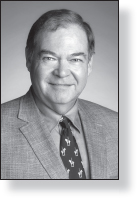
D onald F. Smith passed away on October 29, 2016. Just days before he became ill, we submitted the manuscript to this book. Despite the profound loss, I take comfort that he experienced the joy of seeing the work to fruition, from our earliest conversations to the cover design. This project was but one of many distinguished achievements within the bookends of a remarkable life. With his passing, the veterinary profession has lost a giant. Those who knew Don were fortunate to enjoy his generous, warm, and expansive spirit. He loved learning about people from all backgrounds and especially loved encouraging students, colleagues, and friends to find their paths, often ones he illuminated for them. He believed in me before I believed in myself, say many who knew him. Dons journey took him from a childhood on an Ontario dairy farm to his extraordinary career as a leading authority on bovine surgery. Along the way, he earned his Doctor of Veterinary Medicine from Guelph University, graduating with distinction, completed a residency in large animal surgery at the University of Pennsylvania, became a diplomate of the American College of Veterinary Surgeons, and served for ten years (19972007) as dean of the Cornell University College of Veterinary Medicine. His research on metabolic alkalosis in ruminants was instrumental in advancing the field of metabolic diseases of cattle. Don delighted in the stories of veterinary leaders past and present. His passion for history resulted in a popular veterinary history course at Cornell as well as his Veterinary Legacy blog (www.veterinarylegacy.blogspot.com) that is still read across the world and is considered a treasure trove of the professions history and commentary on prevailing issues in veterinary medicine. In 2015, he authored Pathways to Progress, a history of the veterinary colleges in the United States and beyond. Don was an ardent champion of women in leadership, and he researched, taught, and spoke forcefully about the need for women to direct veterinary medicine to keep the profession thriving. It was in this arena that we became colleagues. Don was known for his curiosity and genuine interest in people, and I was fortunate to be one of those he met, quite by chance. He was a generous professional, introducing me to the history, challenges, triumphs, and leaders in veterinary medicine. I shared my perspectives of gender barriers and successes in womens issues. Despite vastly different careers, our professional collaboration grew, always in a spirit of exploration, lively debate, and a commitment to womens leadership. In the four and half years since we met, we shared an intensity in purpose, researching leadership issues and examining data. In that period, we interviewed hundreds of individuals, wrote over 30 online articles, developed a course at Cornell, taught educators at other universities how to tailor leadership courses for their own students, delivered seminars at conferences and universities, and wrote this book. | Next page
